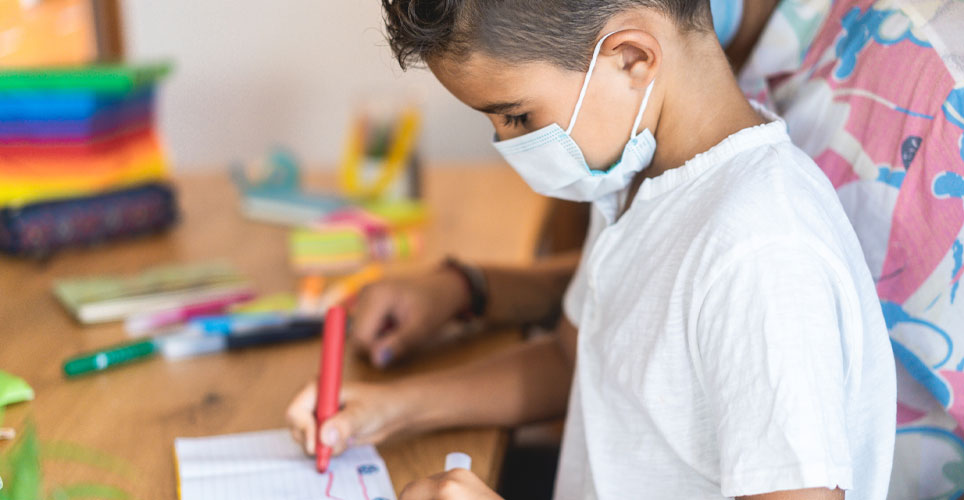
Remember that PayFlex card in your wallet? That card, connected to your 2020 and 2021 flexible spending accounts (FSAs), is a perfect example of “use it or lose it.”
If you enrolled in a 2020 FSA, you have until Dec. 31, 2021, to spend those funds. The spending grace period has been extended as part of a federal stimulus bill signed in late December. File claims on your 2020 FSA by January 31, 2022.
What You Can Do with Your FSAs
Additional changes allowed by the act include:
Dependent Care FSA
The maximum age of eligible dependent children for which your funds can be used has changed from age 12 to age 13.
Health Care FSA
If you had a 2020 Health Care FSA and now have a 2021 Health Care FSA, eligible funds will first be applied to your 2020 balance. After 2020 funds are depleted (through Dec. 31, 2021), eligible funds will be deducted from your 2021 balance.
Dependent Care and Health Care FSAs
You can increase or decrease your FSA contributions to your 2021 Dependent Care FSA and/or Health Care FSA without a corresponding change-in-status event. However, coverage decreases can’t be less than amounts for which you’ve already received reimbursement from the plan.
This revision allows you to increase or decrease your annual election only one time during the plan year. View the Flexible Spending Accounts web page for details.
How You Can Spend
Your Health Care FSA
Aside from the basics – prescription co-pays and approved over-the-counter (OTC) medications – common examples of expenses you can pay with your PayFlex card include:
- Childbirth and breastfeeding classes
- Braces, dentures and non-cosmetic dental procedures
- Prescription contact lenses and eyeglasses, and approved vision correction procedures such as Lasik
- Hearing aids and batteries
- Tobacco cessation programs, prescription drugs and OTC medications
You might not realize that Health Care FSA funds also can cover some not-so-common things, such as:
- OTC COVID-19, radon and cholesterol test kits
- Clear dental aligners, such as Invisalign
- Prescription sunglasses and non-prescription reading glasses
- Massage therapy and listening therapy
- Wheelchairs, walking aids (canes, walkers and crutches) and repairs
- Feminine hygiene products
- Hand sanitizers
For a complete list of items and services covered by your Health Care FSA funds, go to the PayFlex Health Care FSA page.
Your Dependent Care FSA
Funds in your Dependent Care FSA can be used as reimbursement for care provided to your eligible dependents. Examples include:
- Home-based, licensed day care
- Licensed day care center (elder care or child care)
- Nursery school
- Private baby-sitter in your home or theirs
- Private preschool program
- Providers of care for disabled dependents
- Public or private before-school and/or after-school programs for custodial care
- Public or private summer day camps
For a complete list, go to the PayFlex Dependent Care FSA page.
Dependent Care FSA Reimbursement
The process for reimbursement from your Dependent Care FSA is different from your Health Care FSA. There is no PayFlex card for dependent care reimbursement. You must complete forms online, by smartphone or by hard copy submission after you pay your provider. The View details on U-M’s Submitting Claims for Reimbursement page.
If you have questions about your FSA, go to PayFlex.com or call 1 (844)-PAYFLEX.
